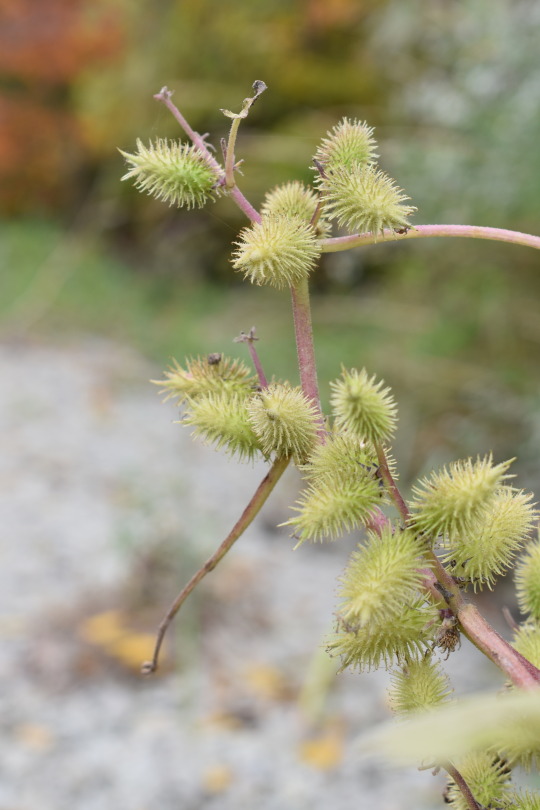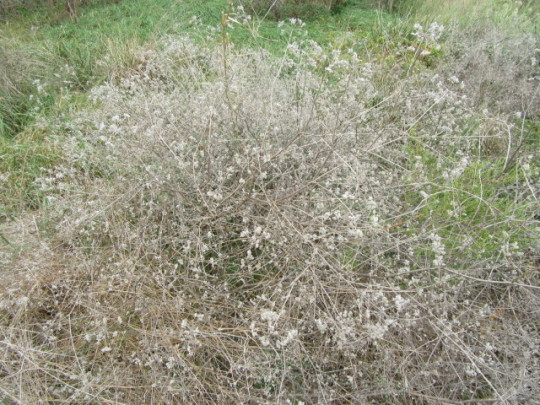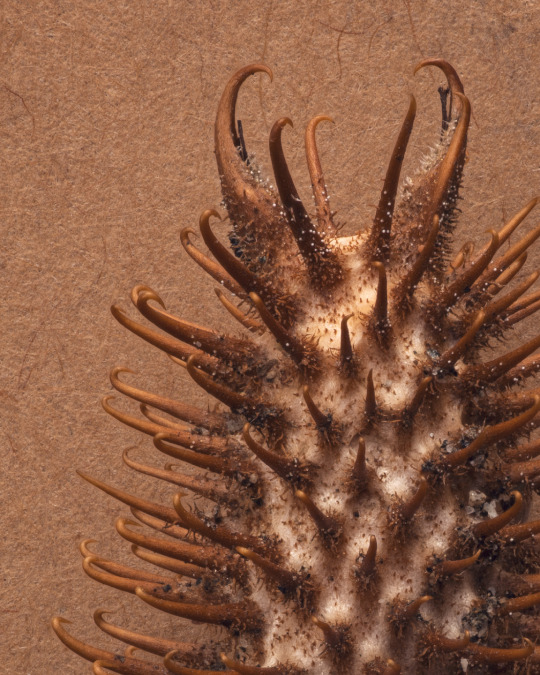#Xanthium strumarium (Rough Cocklebur)
Video
n616_w1150 by Biodiversity Heritage Library
Via Flickr:
English botany, or, Coloured figures of British plants / London :R. Hardwicke,1863-1886. biodiversitylibrary.org/page/32608884
#Great Britain#Pictorial works#Plants#University Library#University of Illinois Urbana Champaign#bhl:page=32608884#dc:identifier=https://biodiversitylibrary.org/page/32608884#Xanthium Strumarium#Common Bur-Marygold#Common Bur-Marigold#Rough cocklebur#Noogoora burr#clotbur#common cocklebur#large cocklebur#woolgarie bur#flickr#botanical illustration#scientific illustration
3 notes
·
View notes
Photo

Rough Cocklebur
Xanthium strumarium
Asteraceae
Photograph taken on October 9, 2022, along the Etobicoke Creek, Mississauga/Etobicoke, Ontario, Canada.
4 notes
·
View notes
Photo

Cockleburs.
Xanthium strumarium at Garden Wash, San Pedro House, Cochise County, Arizona.
#photographers on tumblr#rough cocklebur#Xanthium strumarium#Garden Wash#San Pedro House#San Pedro Riparian National Conservation Area#Cochise County#Arizona
86 notes
·
View notes
Text





3 notes
·
View notes
Text
Problem Areas and Wild Weeds, ETC. Part 3...
Problem Areas and Wild Weeds, ETC. Part 3…
Torilis japonica (Japanese Hedge Parsley)…
Hello everyone! I hope this post finds you well. October is here once again and some of the wildflowers aren’t looking their best. There are a lot of insects and butterflies feeding right now. I have taken a lot of photos the last few days and I am getting behind. 🙂 I now have 655 observations posted on iNaturalist covering 343 species.
This saga of the…

View On WordPress
#Danaus plexippus (Monarch Butterfly)#Eleusine indica (Goosegrass)#Eupatorium altissimum (Tall Thoroughwort)#Eupatorium serotinum (Late Boneset)#Persicaria hydropiper (Water Pepper)#Persicaria pensylvanica (Pinkweed)#Rhus glabra (Smooth Sumac)#Symphyotrichum novae-angliae (New England Aster)#Torilis japonica (Upright/Japanese Hedge Parsley)#Vernonia missurica (Missouri Ironweed)#Xanthium strumarium (Rough Cocklebur)
0 notes
Photo


Xanthium strumarium, the Rough Cocklebur, is a widespread member of the sunflower family. It is commonly found in wetlands where the burs are buoyant and can flow with the water. The hooks on the bur allow it to readily snag on mammal fur, or even lightly hook into skin which likewise aids in distribution. Most parts of the plant are at least somewhat toxic although the seeds have been eaten in small quantities without harm. After eating large amounts of the plant, both animals and humans have been known to become sick or die but despite that, the Carolina parakeet (Conuropsis carolinensis) feasted readily on on the seeds without harm to themselves. Animals that ate them (such as feral domestic cats) were noted to be poisoned and indicates just one facet of human intervention which led to their extinction as early as 1918 when the last known individual died in a cage. The extinction of this species was manifest through many human-driven factors including deforestation, hunting, and the pet trade. With this species extinct and one other of the original three native parrots eliminated in this range, only one still exists within the United States.
32 notes
·
View notes
Text
Xanthium strumarium, used in folk medicine, shown to have anti-inflammatory effects
(Natural News) Korean researchers investigated the anti-inflammatory potential of Xanthium strumarium, a plant extensively used in traditional Chinese medicine. Their findings were published in The American Journal of Chinese Medicine. Rough cocklebur (X. strumarium) has been used in traditional Chinese medicine for many years to treat arthritis, bronchitis, and rhinitis. The researchers investigated the mechanism by which it ameliorates...
from NaturalNews.com http://bit.ly/2NbtXz2
via IFTTT
0 notes
Text
Xanthium strumarium, used in folk medicine, shown to have anti-inflammatory effects
(Natural News) Korean researchers investigated the anti-inflammatory potential of Xanthium strumarium, a plant extensively used in traditional Chinese medicine. Their findings were published in The American Journal of Chinese Medicine. Rough cocklebur (X. strumarium) has been used in traditional Chinese medicine for many years to treat arthritis, bronchitis, and rhinitis. The researchers investigated the mechanism by which it ameliorates...
from NaturalNews.com http://bit.ly/2NbtXz2
from Betty Xiong http://bit.ly/2Fxfs22
0 notes
